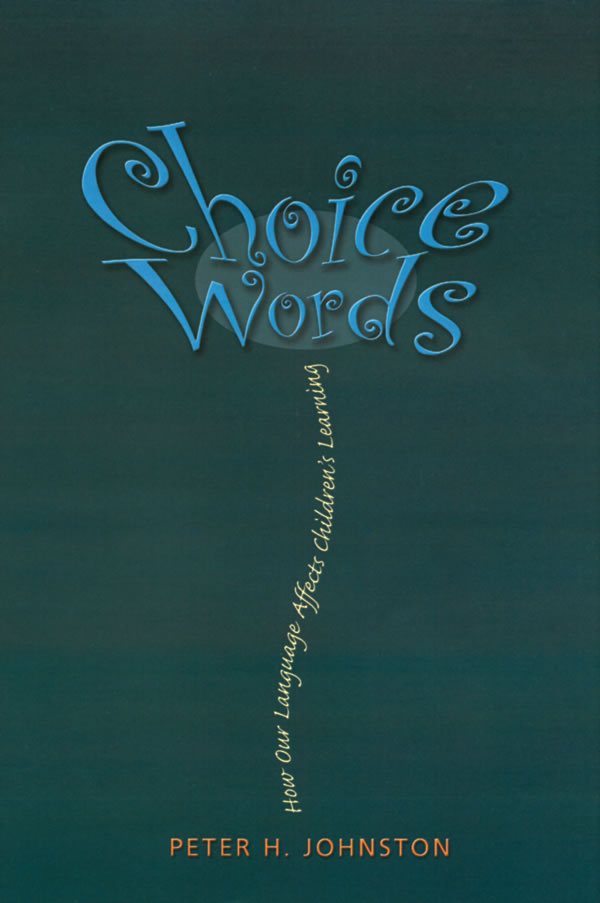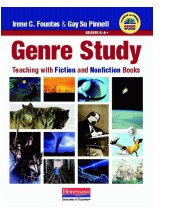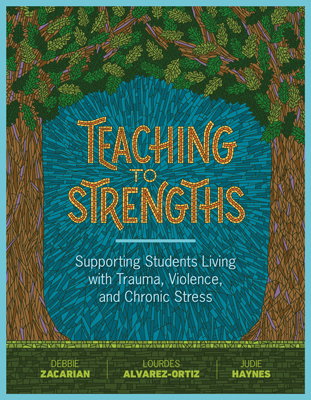Happy New Year,
I hope you enjoyed a restful time of family, food, friendship, and fellowship. And perhaps some catching up on the happenings of your loved ones through their holiday greetings. Last month we explored the power of letter writing in education. Whether it is an email from your child’s teacher, a letter from a school leader to the community, or a correspondence between teacher and learner, much can be gained from investing in this practice. I found myself reading and reflecting on this topic extensively over the last month. What if a missing component to authentic community building is letter writing? What if students had more opportunities to write back and forth to each other? To trusted adults?
If you tuned in this month to see how to manage the logistics of writing letters to your students, I encourage you to visit these experts for their ideas.
- Harvey Daniels provides a plethora of practical ideas (how is that for alliteration) in his chapter, “One Teacher to One Student with One Powerful Strategy” appearing in Adolescent Literacy: Turning Promise into Practice.
- Brett Vogelsinger, 9th grade English Teacher from Doylestown, PA gives amazing tips in his Edutopia article, 5 Engaging Uses for Letters in Your Classroom.
- Inspirational educator Larry Ferlazzo often speaks on this topic and gives us great motivation to try it out in his blog post from 2009, Writing Letters To Students Redux.

In my reading and revisiting the great thinkers I admire, I found a few practical ideas I hope will help you as you consider corresponding with your learners. These ideas can be helpful in oral conferencing, written feedback, and group debriefing as well. Peter Johnston in his book, Choice Words (2004), helps educators understand the incredible power of language. In helping to shift a student’s identity we can use phrases such as:
- “What a talented young poet you are.” “As scientists, how would we handle this?” These statements put students in the role and community of learning.
- “That’s not like you.” This helps a student know her behavior is atypical and shows a strong relationship between teacher and child.
- “I wonder if, as a writer, you are ready for this.” Allows the child to consider if he is up for the challenge and consider the maturity necessary. It serves as an invitation to productive struggle.
- “I bet you are proud of yourself.” Instead of the educator placing a value statement upon the child, it invites the student to reflect on her agency.
- “What are you doing as a writer today.” Here is a statement of positive presupposition…assuming the child will write today and placing the identity of a writer upon the student. (p. 23-25).

Letter writing can serve as an instructional tool for literacy learning. Fountas & Pinnell in Genre Study (2012) gives numerous examples for students to write letters to their teachers about their reading and ideas for how we write back. I encourage you to visit Chapter 18: Writing about Reading in a Reader’s Notebook for more in-depth learning. A few takeaways I have include:
- Structure your letter back to the student in letter format to model this style of writing.
- Use the student’s name throughout. It helps you maintain focus on the individual child but also helps to affirm the child’s identity as both a reader and a writer. This builds relationship.
- Rather than “marking up” the student’s letter, use your letter to model conventions, structure, and other elements of strong writing–even noticing and naming what you are doing in your own letter for the student to see explicitly.
- Don’t worry so much about “fixing” errors in writing and thinking, but instead affirm the strengths of the student’s letter and the depth of thinking presented.
 One of my favorite reads over this last month was Teaching to Strengths: Supporting Students Living with Trauma, Violence, and Chronic Stress (Zacarian, Alvarez-Ortiz, & Haynes, 2017). This is a valuable read for educating ALL students as the principles outlined will work for everyone, especially our students who are suffering. Overwhelmingly, the authors push us to move from deficit thinking to asset-based thinking providing multiple examples of the contrast.
One of my favorite reads over this last month was Teaching to Strengths: Supporting Students Living with Trauma, Violence, and Chronic Stress (Zacarian, Alvarez-Ortiz, & Haynes, 2017). This is a valuable read for educating ALL students as the principles outlined will work for everyone, especially our students who are suffering. Overwhelmingly, the authors push us to move from deficit thinking to asset-based thinking providing multiple examples of the contrast.
“As educators, our unconditional acceptance carries a message of belonging and emotional safety” (p.37). I encourage you to pick up this text and read it with some colleagues and friends. Some practical nuggets from this text include:
- Ask students to finish the sentence, “What I wish my teacher knew about me…” Here we will get insight and opportunities to see the strengths inherent in their responses.
- Ask students to rate themselves on a scale of 1-5 (5 is the strongest) as an editor, writer, reader, communicator, scientist, collaborator, historian, athlete, etc. Give many choices as you may find that your social studies student may not have the identity YET of a historian, but does see herself as an athlete. This can be beneficial information as you shift her identity, noticing and naming her strengths as a historian.
You might be hesitating on the idea of writing letters back and forth with your learners. I know how scary this can be. What if students tell us something we need to report? What if they drone on and on about trivial things? What if I don’t know what to say? What if they don’t know what to write? I think this is EXACTLY what needs to happen. If a student writes something that needs to be reported, we report it. They are asking us for help! If students drone on and on about angsty teen issues, we listen, honor, and write back words of encouragement. If we don’t know what to say, we say just that. They need to know we don’t always have the answers, but we are here to help and want to figure it out with them. And if they don’t know what to write, we ask them to tell us that and then we can use our letter back as an opportunity to ask questions, inviting the written word the next time around.
Students are engaging in nonverbal and written communication with each other multiple times a day with Instagram, Snapchat, and Twitter. Let’s be positive role models and create a healthy culture where before long students will be flooding our “inbox” with all the positive stories of support, inclusivity, and fun they are experiencing.
Please feel free to add to the conversation by submitting your ideas in the comments section. Until next month.
References:
Beers, K. Probst, R., Rief, L. Eds. (2007). Adolescent Literacy : Turning Promise into Practice. Portsmouth, NH : Heinemann.
Ferlazzo, L. (April, 2009). Writing Letters to Students Redux. Retrieved 19 December 2017 from http://larryferlazzo.edublogs.org/2009/04/29/writing-letters-to-students/
Fountas, I. & Pinnell, G.s. (2012). Genre Study: Teaching with Fiction and Nonfiction Books. Portsmouth, NH : Heinemann.
Johnston, P. (2004). Choice Words : How Our Language Affects Children’s Learning. Portland, ME. : Stenhouse Publishers.
Vogelsinger, B. (January, 2016). 5 Engaging Uses for Letters in Your Classroom. Retrieved 19 December 2017 from https://www.edutopia.org/blog/uses-for-letters-in-classroom-brett-vogelsinger
Zacarian, D., Alvarez-Ortiz, L., Haynes, J. (2017). Teaching to Strengths: Supporting Students Living with Trauma, Violence, and Chronic Stress. Alexandria, VA: ASCD.Strengthen Relationships by Letter Writing with your Kids, Part Two






